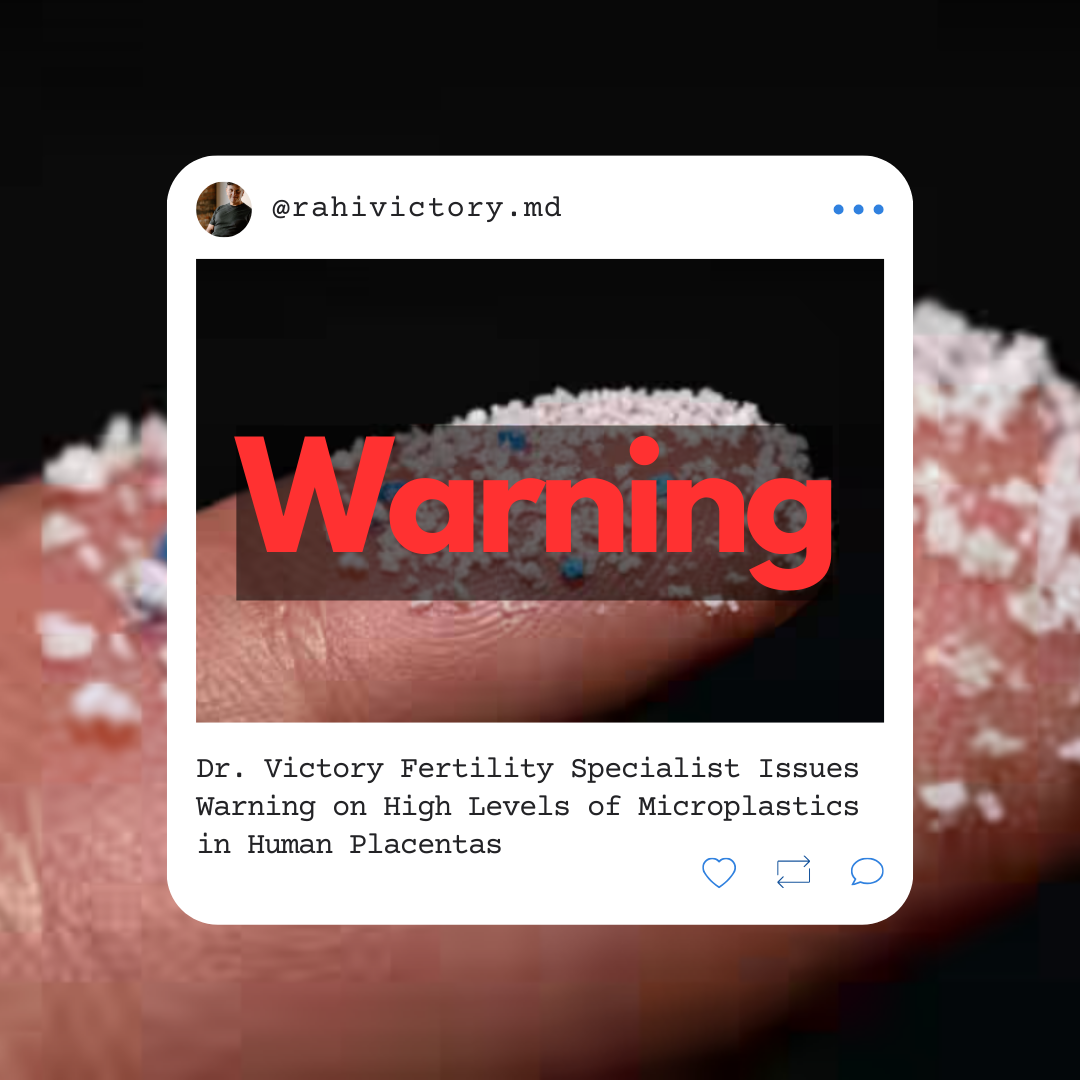By: Dr Victory
Dr. Victory, a distinguished Fertility Specialist, has raised a red flag after a recent study revealed significant levels of microplastics in human placentas. Microplastics, defined as plastics measuring less than 5 millimeters, are ubiquitous in our environment, infiltrating our food, water, air, and even our organs. Dr. Victory emphasizes the potential risks of reproductive disorders and certain cancers due to the chemicals found in these plastics, which are known to disrupt the body’s natural hormone release. Additionally, microplastics can carry surface toxins like heavy metals.
Previous estimates indicate that an average person consumes a credit card’s worth of microplastics every week, highlighting their pervasive nature. While adults may not notice the effects of low-level exposure, the vulnerability of a growing fetus to environmental stressors raises concerns.
“Fetuses are particularly susceptible to environmental stressors,” underscores Dr. Victory. “Even minor influences during development can lead to various problems affecting the viability of the fetus or causing developmental issues in newborns.”
The recent study, published in Toxicological Sciences, analyzed 62 placenta samples, revealing that all of them contained varying degrees of microplastics, ranging from 6.5 to 790 micrograms per gram of tissue. Although a microgram is minute, the steady increase in the number of these particles is alarming.
Dr. Victory notes, “Observing the presence of plastics is not surprising, but in about 25 percent of the samples, the concentrations were remarkably high.” He suggests that dietary factors may influence plastic exposure and uptake, prompting the need for recommendations to limit microplastics intake.
The most prevalent plastic type in placental tissue, constituting 54 percent of the total, was polyethylene, commonly used in plastic bags and bottles. Further research is required to understand the impact of these plastics on fetal development, but the rising concentrations in human tissues could be linked to various health problems observed in recent years, such as inflammatory bowel disease and colon cancer.
Dr. Victory emphasizes the uncertainty about the danger posed by current levels of microplastics and advises women who are pregnant or planning to become pregnant not to make drastic lifestyle changes based solely on these findings. However, he suggests that a healthy diet and reducing plastic use may have some positive effects.
While individuals can take steps to minimize exposure, Dr. Victory stresses the need for broader systemic change. “Ultimately, this is a global problem, and we need government-level action to help curb the rising levels of microplastics,” he says, emphasizing the limited influence individuals have on recycling efficiency. Comprehensive efforts from federal and local governments are essential to address this issue effectively.


